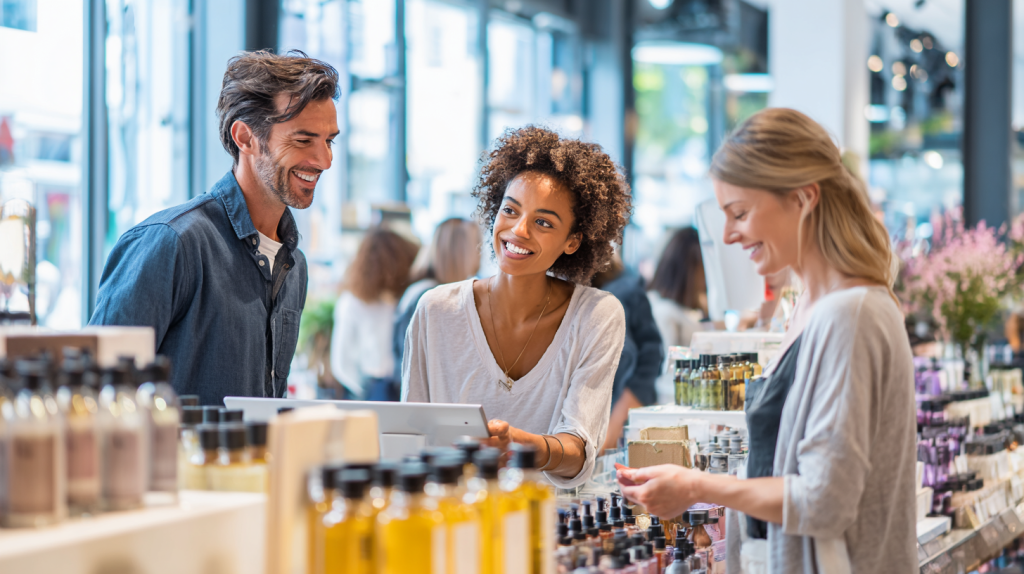
The B2Me model transforms each customer into a unique segment, but its success depends on flawless execution at the physical store level.
For years, retail has operated under the B2C (Business to Consumer) model, where brands communicate with broad customer segments. Then came segmentation, dividing consumers into more specific groups. Today, technology and customer expectations have created a new model: B2Me (Business to Me).
B2Me isn’t simply advanced personalization. It’s treating each customer as a segment of one, with unique offers, tailored experiences, and relevant communications based on their individual behavior, preferences, and context. This is why B2Me is poised to become the new competitive standard.
What Makes B2Me Different?
While traditional loyalty programs reward spending levels and personalized B2C sends segmented offers, B2Me goes further:
Traditional B2C: “All women aged 25-35 interested in athletic wear receive this promotion.”
Segmented B2C: “Women interested in yoga receive a discount on this line.”
B2Me: “This is Ana. She bought black leggings 2 weeks ago, her size is M, and she typically opens our emails on Tuesday mornings. She just watched our meditation video on Instagram. Let’s send her a personalized offer for a meditation top that matches her leggings, with a discount that expires in 48 hours.
The difference lies in the granularity, relevance, and immediacy. Some examples of B2Me in action include:
- Starbucks learns your favorite drinks, suggests new products based on your tastes, and sends you personalized offers when you typically make purchases.
- Nike’s app enables store employees to see your profile when you walk in, know your purchase history, and offer you specific products for your training type. It’s not a generic discount; it’s an experience created for you.
- Hema Supermarkets shows you individualized offers when you scan your QR code, with recipes based on your previous purchases and suggestions for complementary products.
The Critical Point: The Gap Between Digital Promise and Physical Reality
Here’s the real challenge of B2Me in retail. Promises are easy: available products, personalized promotions, trained teams. Reality is more complex: Is the product on the shelf? Was the display set up correctly? Was the protocol followed?
Most B2M strategies fail because of the gap between the personalized digital promise and the reality at the physical store.
The B2Me Success Equation
For B2Me to work, you need three elements working together:
B2Me Strategy = Data + Personalization + Perfect Execution
While your CRM, loyalty platform, or CDP serves as the “brain” of your B2Me strategy, you need a system that acts as the operational executor in each store. This is where execution platforms become relevant.
Frogmi bridges your digital personalization systems and the operational reality of your physical stores, ensuring that every promise is kept.
- AI-powered image analysis automatically verifies that promised products are available, properly displayed, and with promotions correctly implemented.
- Operational management enables assigning specific tasks to prepare experiences for each customer segment, creating customized checklists for segmented campaigns, and tracking the execution of personalization initiatives in real time.
- Effective communication ensures that store teams are informed about personalized campaigns, trained to serve different customer segments, and updated on active promotions.
B2Me isn’t just a marketing strategy; it requires operational excellence to function. Is your store operation ready to support your personalization promises?
Want your B2Me promises fulfilled at every store? Let’s talk about how to make it happen.

